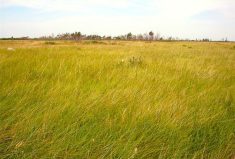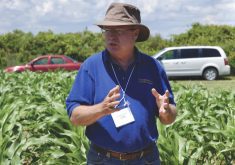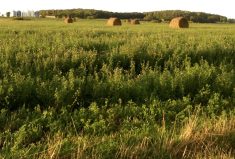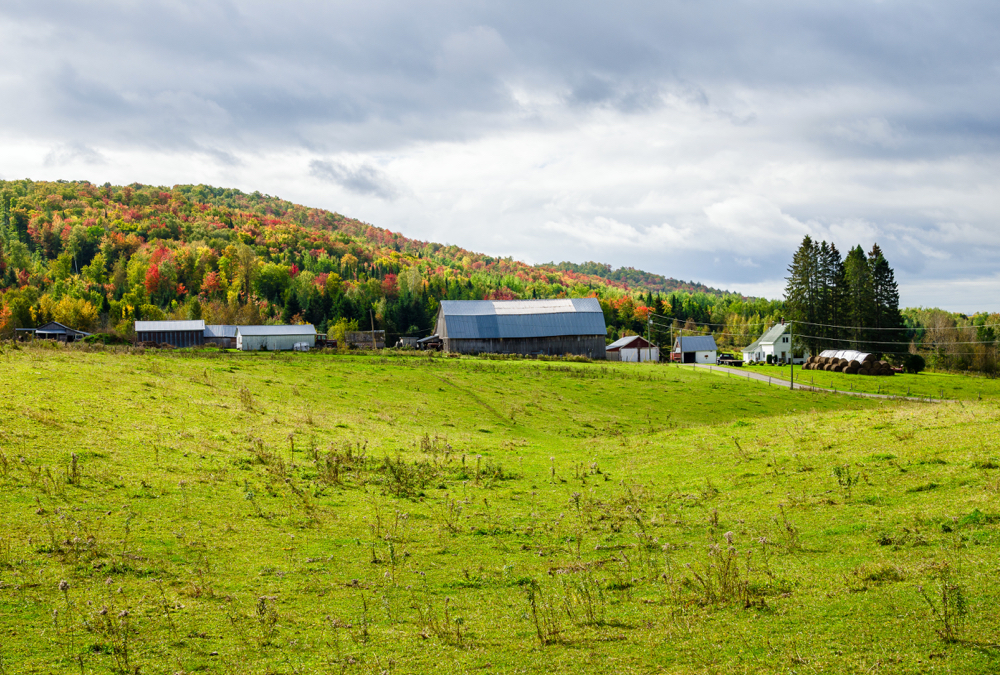Fast and hard? Slow and easy? And how many animals per acre?
Stocking and defoliation rates are a complex and even controversial issue, and depend a lot on the weather. Climate change could make them even more complex.

To get a better idea on how producers should respond, Edward Bork and a team from the University of Alberta recently completed a three-year research project looking at forage growth response to variation in summer rainfall, heat and grazing intensities across the Prairies. Although research is ongoing and may reveal new management practices in the future, Bork says the best practice right now is to utilize low to moderate stocking.
“You can’t prevent risk but you can reduce it,” says Bork. “Use the general recommendations associated with good management, particularly conservative stocking rates — certainly no higher than moderate — and leave plenty of litter to conserve soil moisture. In our study we had several different defoliation intensities and the heaviest one was always the worst in terms of forage production penalty. This is particularly important in drought years.”
Read Also

Producers aren’t panicking over tariffs and trade threats
The influence of tariff and trade uncertainity on farm business decisions.
The study also helped clarify some other mysteries surrounding climate change. “For example, although a relatively small increase in temperature of 2 C only had a moderate impact on forage production, it’s the likelihood of increasing water demands under warmer conditions accompanied by extended drought that presented the most risk. Warmer conditions can increase evaporation of soil moisture and reduce water use efficiency by plants, further jeopardizing forage production.”
Bork notes that previous studies have shown as much as 60 per cent of production can be lost in arid prairie grasslands of Alberta with the removal of litter.
General trends
Over the course of three growing seasons Bork and his colleagues studied the effects of climate change on native grassland, focusing on changes in grass, forb and total herbage production under controlled conditions at three locations in Alberta, Saskatchewan and Manitoba. The Alberta site was located 140 km southeast of Edmonton in a fescue grassland within the Parkland. The Saskatchewan site was a mixed-grass prairie 130 km south of Regina, while the Manitoba location was a moist grassland in the Parkland-Boreal transition 200 km northwest of Winnipeg.
The researchers simulated temperature increases by situating plots in small fibreglass greenhouses which increased daytime temperatures during the growing season by 1 to 3 C. Shelters were used to decrease precipitation by 60 per cent. Various grazing regimes — heavy, light and none — were simulated by clipping forage annually at peak growth.
Increased heat played a role in decreasing richness, the number of species present and forage availability at all three sites.
However, heat itself had a relatively minor impact compared to decreased precipitation and clipping intensity, revealing as much as a 32 per cent loss in forage under high-intensity defoliation. Although the results varied by location, growing seasons and combinations of treatments, the general trends showed that reduced precipitation cut overall forage availability by 25 per cent and heating by eight per cent. Low-intensity clipping accounted for a 13 per cent loss of forage.
“Although there’s an effect with warming itself, it’s quite small in relation to the precipitation reduction,” says Bork. “But those go hand in hand, especially if you have a drop in precipitation during extended warm periods because more rainfall is needed to make up for the greater water loss due to evaporation and increased demand for water by stressed plants.”
Regional variability
Responses to reduced precipitation varied markedly among the three locations tested. At the Saskatchewan site, for example, researchers saw little loss in forage due to reduced precipitation while the Manitoba and Alberta plots experienced a forage drop of 20 and 43 per cent respectively.
“While we thought the Saskatchewan site would go down the most in production due to its inherently arid environment, it did not, potentially because these grasslands are better adapted to extended periods of low moisture. Mixed-grass vegetation has up to 85 per cent of its biomass below ground as roots, which may render it less susceptible to drought. For the vegetation found there, it’s just another day at the office,” says Bork.
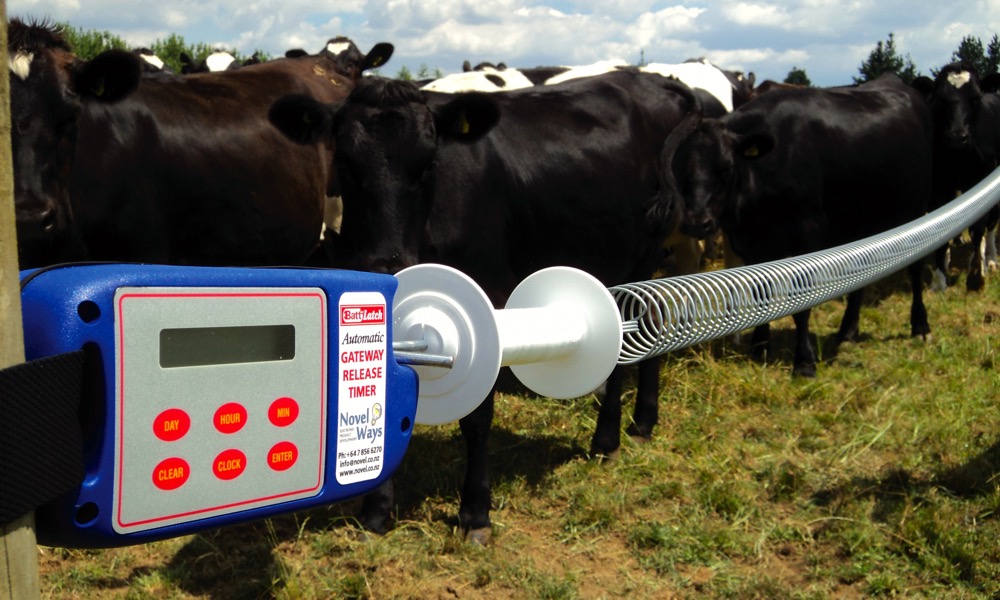
“Meanwhile, areas traditionally more reliant on moisture, such as in north-central Alberta and Manitoba, were more prone to production declines when the taps were turned off. Thus, the risk to livestock producers may be much higher there. Does that mean Saskatchewan is immune to climate change and drought? No. These studies were completed over a three-year period and if we were to continue on for several more years these systems may eventually change in response to repeated water stress.”
Another component of their study, which looks at root responses to warming and drought, is refining our understanding of the relationship between root growth and climate. Again, Bork emphasizes the importance of reduced stocking regimes.
“Heavy defoliation exasperates the effects of drier and warmer conditions because of changes in rooting patterns. As a result, producers who want to mitigate that risk by maintaining a healthy root system should use low to moderate stocking. Otherwise you put your grassland at greater susceptibility to drought and warming effects, with heightened forage loss.”
Bork notes that any tendency among central Alberta producers to overstock their grasslands likely comes from a long history of relatively consistent weather patterns.
“Throughout the ’70s and into the ’90s the Parkland in north-central Alberta saw pretty stable production and rainfall throughout the growing season. In contrast, over the last decade and a half we’ve seen a sharp turnaround with half a dozen of the driest years on record. It’s those producers who don’t necessarily think about adjusting their stocking rates and fail to leave sufficient litter to conserve moisture during wild swings in moisture that end up paying the greatest price.”
This article first appeared in the “Forage & Grassland Guide” in the March 1, 2016 issue of Country Guide




